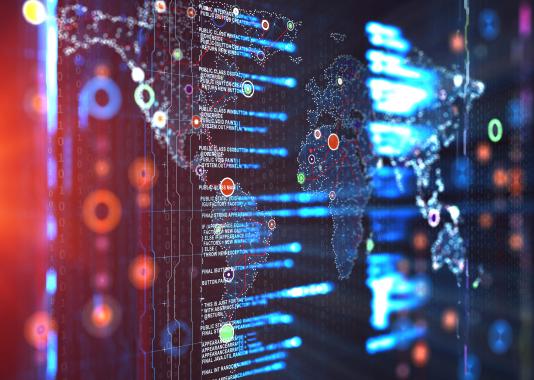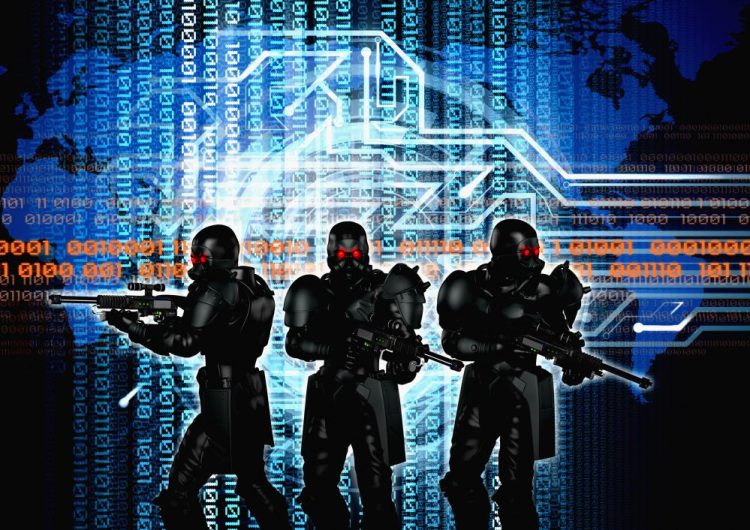Introduction: The New Theater of War
Traditional warfare has always been defined by physical boundaries: land, sea, air, and, in the 20th century, outer space. In the 21st century, however, cyberspace has emerged as a new battlefield. Unlike conventional domains, cyber warfare is invisible, instantaneous, and global. The attackers may remain anonymous, the damage may spread without borders, and the consequences can destabilize economies, governments, and societies.
This article explores how cyber warfare redefines international security and military strategy, reshaping alliances, doctrines, and the global balance of power.
1. The Evolution of Cyber Warfare
1.1 Early Stages
- Initial cyber threats were focused on espionage and sabotage.
- The 1980s and 1990s saw viruses, worms, and hacker collectives testing vulnerabilities.
1.2 Milestones of Cyber Conflict
- 2007: Estonia’s cyberattack, crippling government and financial systems, often linked to Russian actors.
- 2010: Stuxnet virus targeting Iranian nuclear facilities, allegedly developed by the U.S. and Israel.
- 2020s: Escalation of ransomware attacks, targeting critical infrastructure like pipelines and hospitals.
2. Characteristics of Cyber Warfare
- Asymmetry: Small groups can inflict massive damage against powerful states.
- Anonymity: Attribution is difficult; attacks may be masked or outsourced.
- Speed and Scale: Digital strikes occur in seconds and spread globally.
- Hybrid Warfare: Cyber operations are often combined with information warfare and kinetic force.

3. Strategic Implications for International Security
3.1 National Defense Doctrines
- Cyber commands have become integral in militaries (e.g., U.S. Cyber Command, China’s Strategic Support Force).
- Offensive cyber capabilities are increasingly considered deterrents.
3.2 Alliances and Cybersecurity Cooperation
- NATO recognizes cyberattacks as triggers for collective defense.
- Cyber diplomacy and shared intelligence shape modern alliances.
3.3 Private Sector’s Strategic Role
- Tech companies control much of cyberspace infrastructure.
- Defense increasingly requires cooperation between governments and corporations.
4. Cyber Warfare and Critical Infrastructure
- Energy Systems: Attacks on power grids could cripple entire economies.
- Healthcare: Hospitals targeted during the COVID-19 pandemic showed human costs.
- Financial Systems: Cyberattacks threaten global markets and banking networks.
5. The Future of Cyber Strategy
- AI-Driven Warfare: Automated attacks and defenses.
- Quantum Computing: Could break encryption, revolutionizing cybersecurity.
- Cyber Arms Control?: Unclear if treaties similar to nuclear arms agreements are feasible.
Conclusion: A Security Paradigm Shift
Cyber warfare redefines international conflict by eliminating the boundaries of war and peace. It challenges states to rethink defense strategies, forge new alliances, and balance offensive capabilities with resilience. The invisible battlefield of cyberspace may prove to be the decisive arena of 21st-century geopolitics.
















































